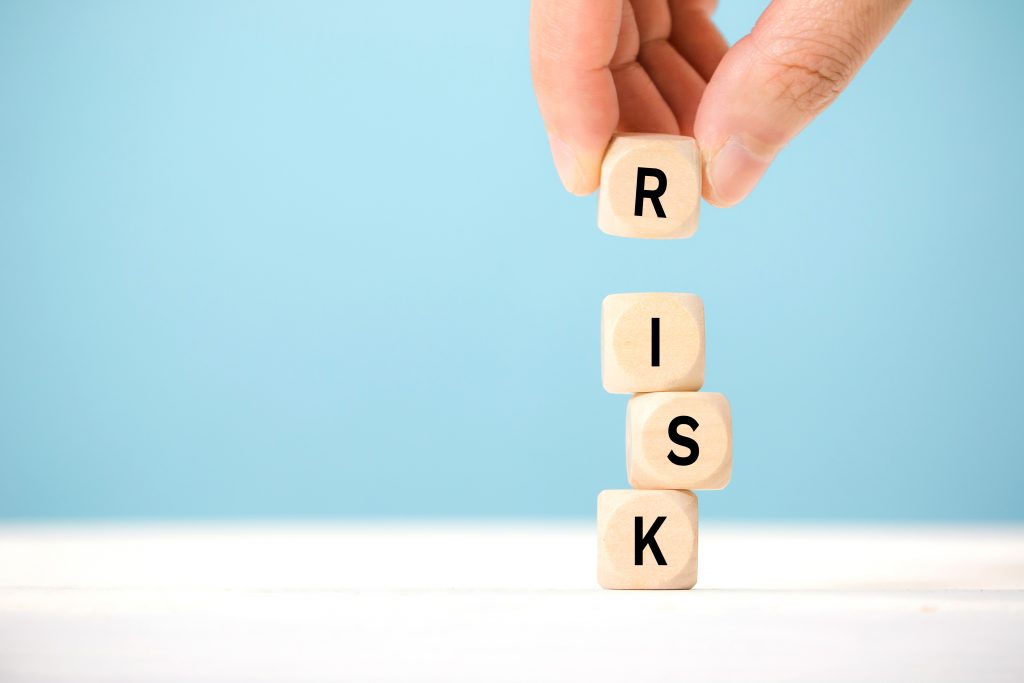Originally posted on October 9, 2018; updated on August 13, 2021

“I am a Dom (switch) and my sub has requested that I drug them and play with/use/have sex with them while they are asleep or near-asleep, in a drugged state. I’m wary . . . but I’d definitely try it if there was a guaranteed safe way of
doing this. . .” —Reddit
As an Amazon Associate, we earn from qualifying purchases made via one of the links below (at no additional cost to you).
Early in our BDSM journeys, we both strongly connected with the popular mantra of practicing Safe, Sane, and Consensual (SSC) kink. We interpreted this abbreviation to mean that BDSM has an advantage over vanilla sex because of the deliberate acknowledgment of safety between partners.
When we first noticed people replacing it with Risk Aware Consensual Kink (RACK), we were skeptical. The contrast seemed unnecessary, so we imagined these groups just wanted an edgier tagline—”We’re not safe or sane. We’re risky kinksters!” But once we started looking into the history of both abbreviations, we started to feel differently.
The History of SSC
The short version of the story is that SSC developed in the gay S/M scene in the 1980s in reaction to consent problems in the community and in response to perceptions in mainstream culture that gay S/M was psychologically destructive and linked to violent crime.
The phrase was likely coined by members of the New York Gay Male S/M Activists (GMSMA). It was a combination of “consent,” which was being emphasized by many leading BDSM voices at the time, and “safe and sane.” The latter part of the phrase was derived from the popular July 4 saying, “Have a safe and sane Fourth of July” and was championed by Tony DeBlase, a well-known BDSM educator and publisher.
The GMSMA formally started using the phrase in 1983, stating in one of their newsletters that “GMSMA is a not-for-profit organization of gay males in the New York City area who are seriously interested in safe, sane, and consensual S/M.”
Over the next decade, SSC entered the BDSM lexicon as the slogan of choice to describe a code of conduct. But by the early 2000s, some members of the community took issue with it for a few reasons:
- Nothing in life is 100 percent safe, particularly activities that can, and often do, involve injury. The quote that opened this post is a perfect example of this concept. There is no such thing as a “guaranteed safe way” to drug someone and use them.
- What is “sane” to one person might be “insane” to another. The term is very subjective.
- “Safe” and “sane” are words that make BDSM palatable to people outside the community but do not accurately represent BDSM for those who partake in it.
“I increasingly started to choke, slap, and spank the girls whom I’ve had sex with. I do so usually without asking if it’s ok I just sort of read the girl and assume what she is ok with.” —Reddit
The Advent of RACK
Gary Switch, a writer for the BDSM group The Eulenspiegel Society, proposed the new acronym RACK. Unlike SSC, RACK is predicated on the idea that while we can do our best to mitigate risk and make BDSM as safe as possible, there will always be some level of risk involved. Clear negotiation is necessary to ensure that all parties are aware of those risks going into a scene. “Consensual” remained unchanged from SSC since consent has always been the cornerstone of BDSM and, as the quote above illustrates, it needs to be explicitly stated. Finally, “kink” was added to round out the catchy acronym and provide context for the rest of the letters in it.
After learning all this and considering both abbreviations in the context of what we do, it seemed to us that RACK made a whole lot more sense than SSC. Every time we engage in rope bondage, there’s a risk of nerve damage. A misplaced slap across the face can cause a dislocated jaw. A slip of the knife can cause a severe wound. The list goes on. Knowing the risks doesn’t make us any less excited to do these things, but it does make us better players by giving us a framework for communication and negotiation.